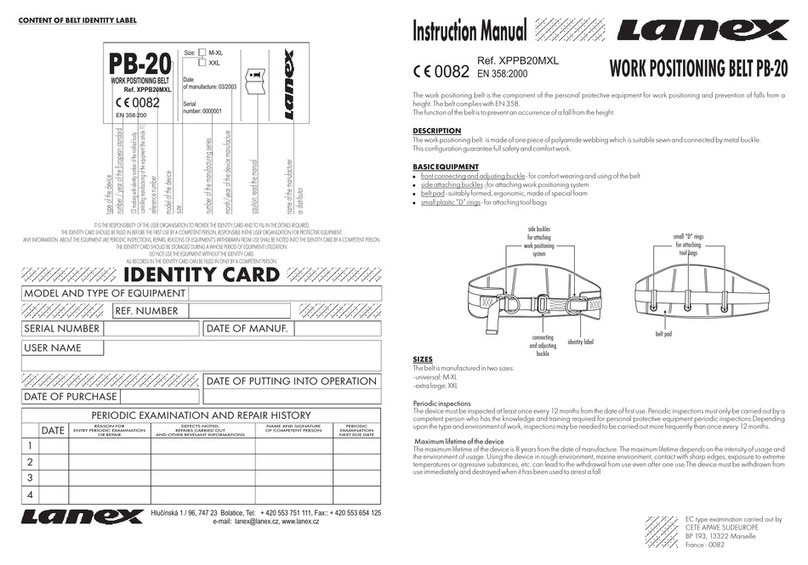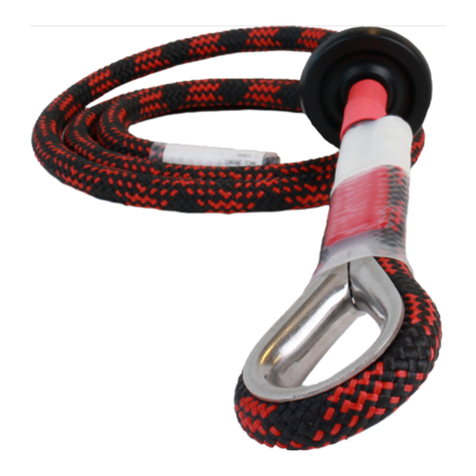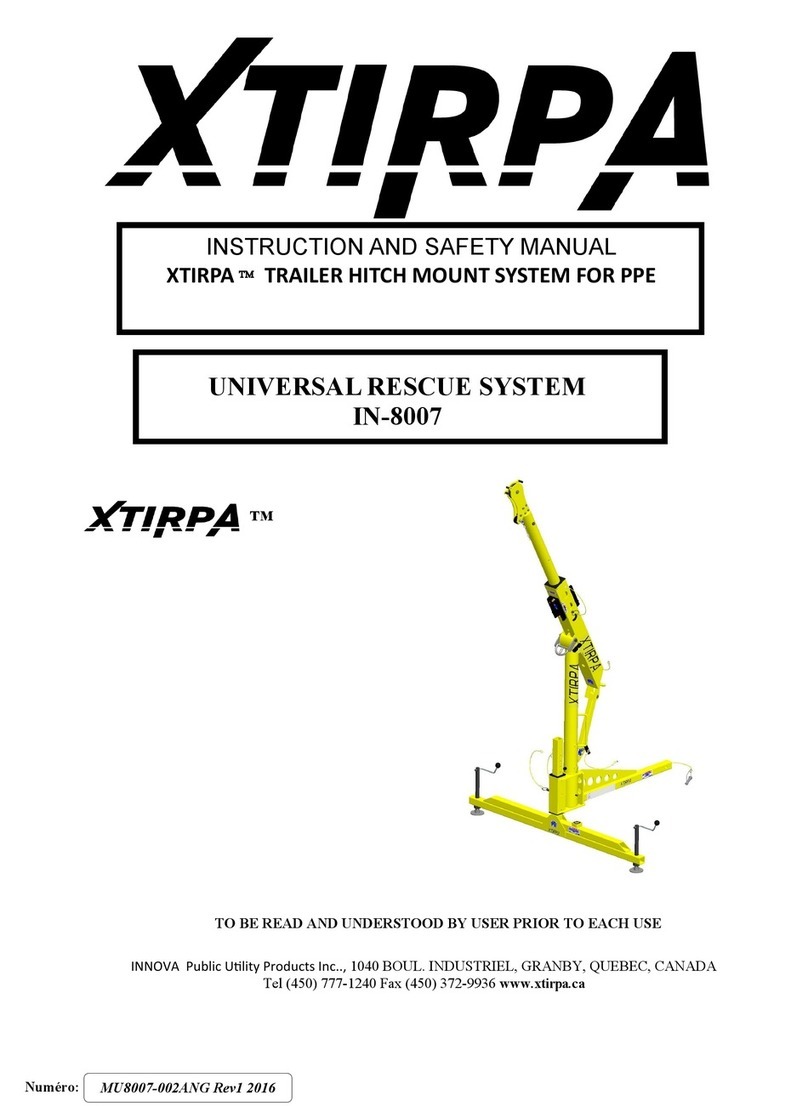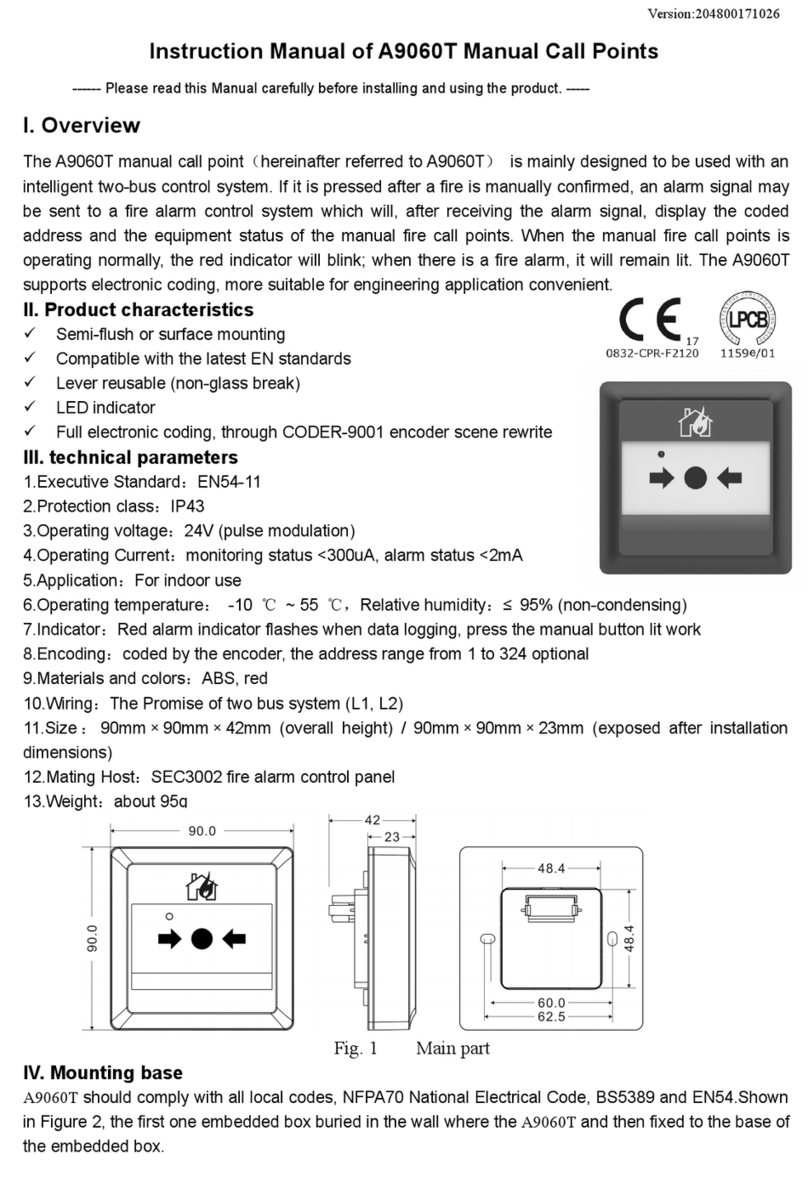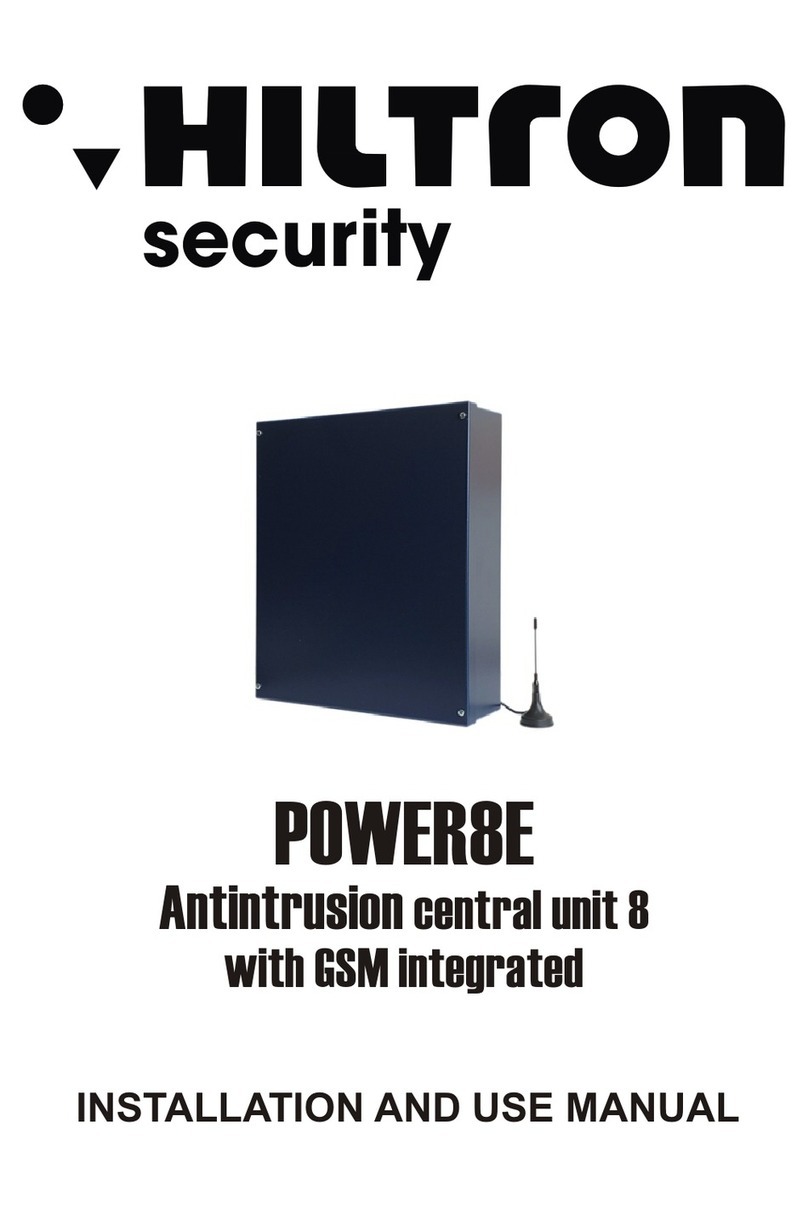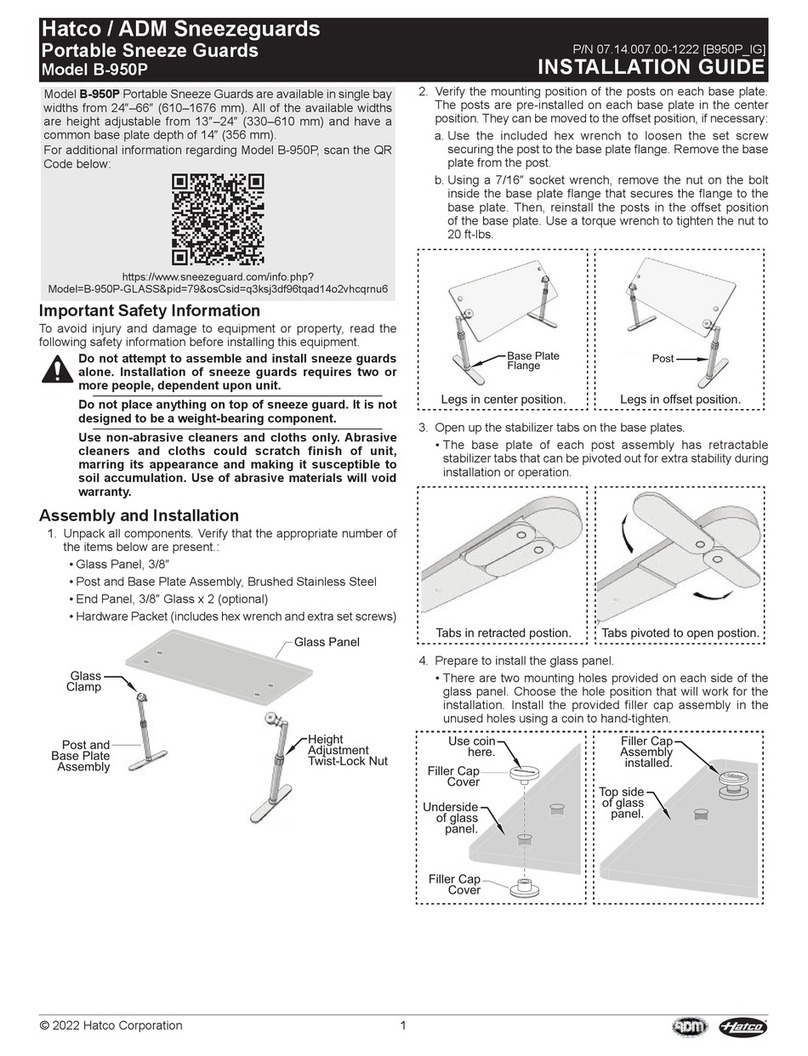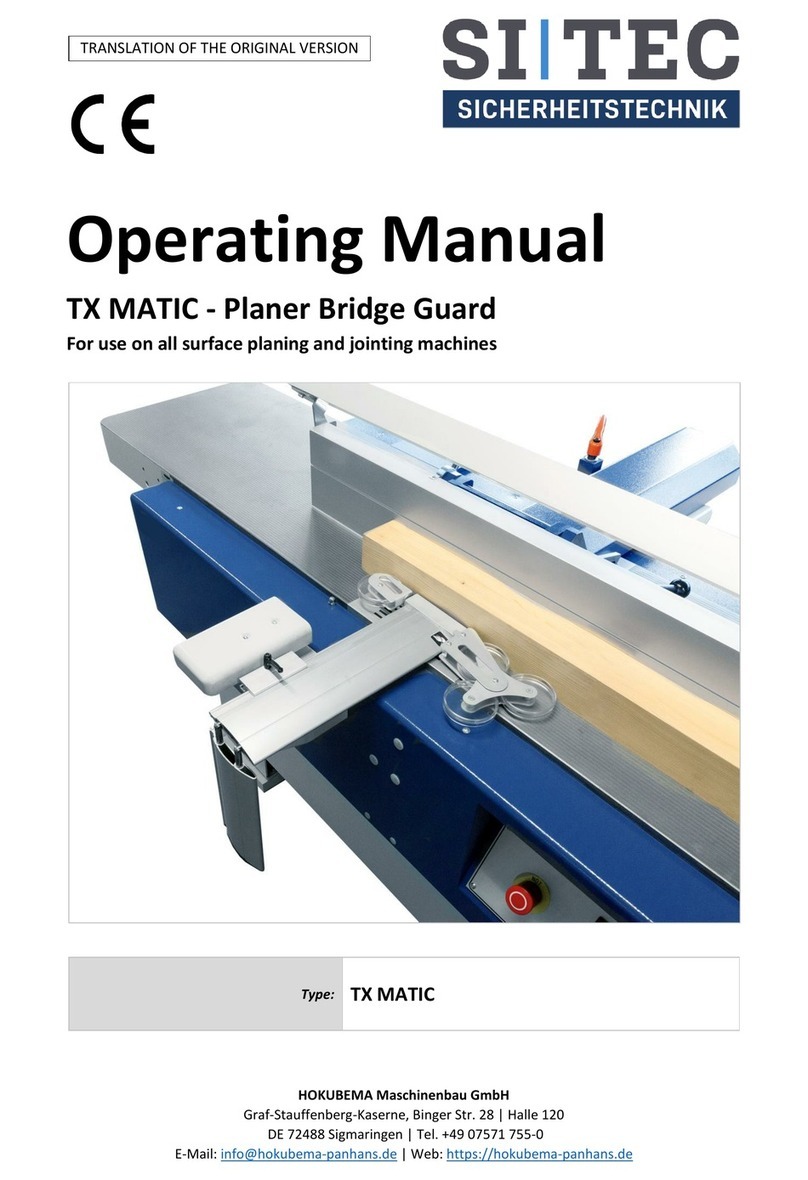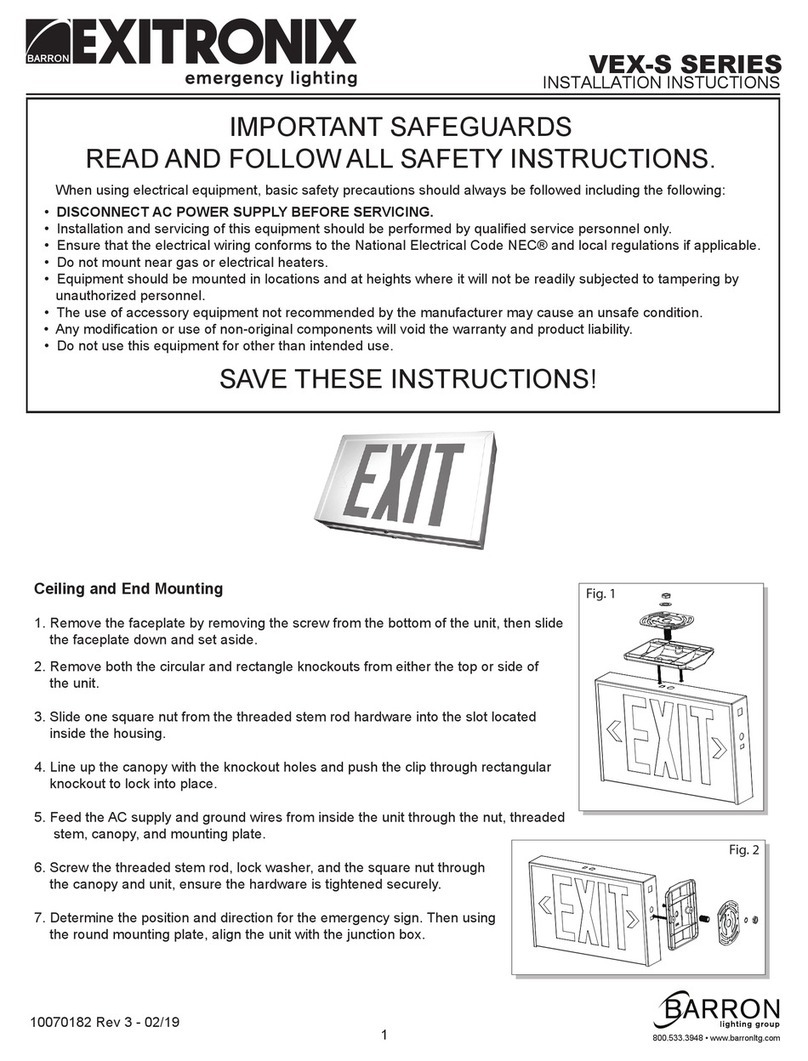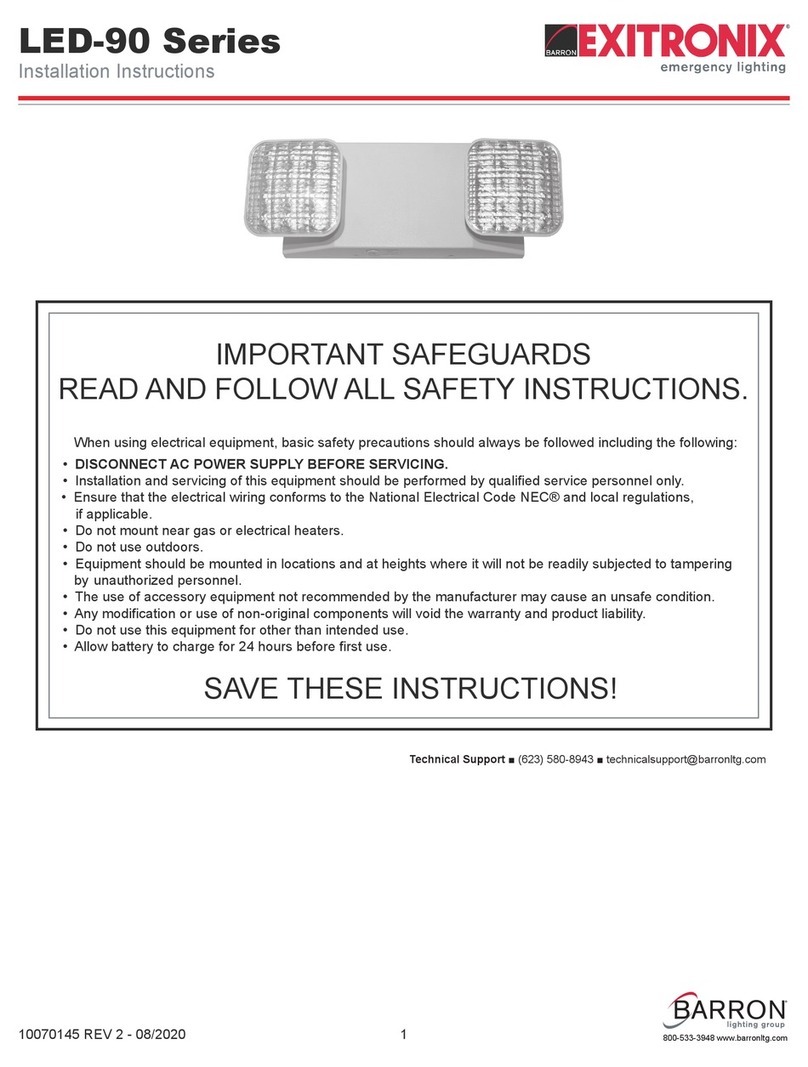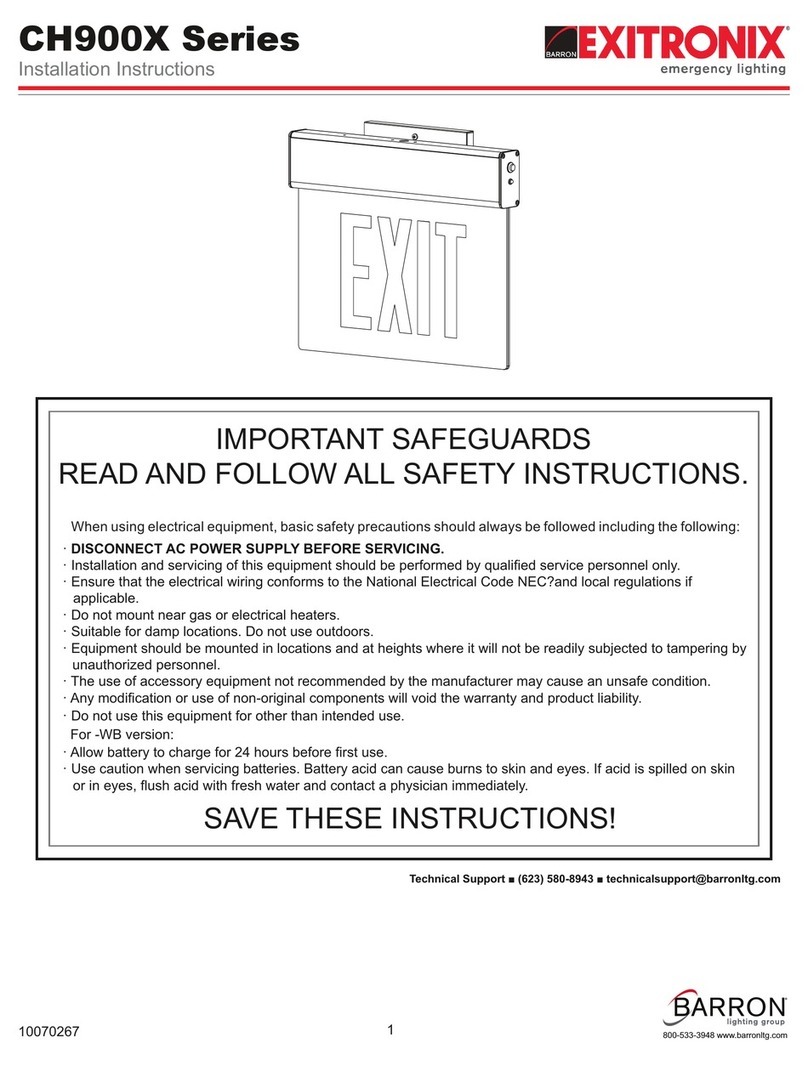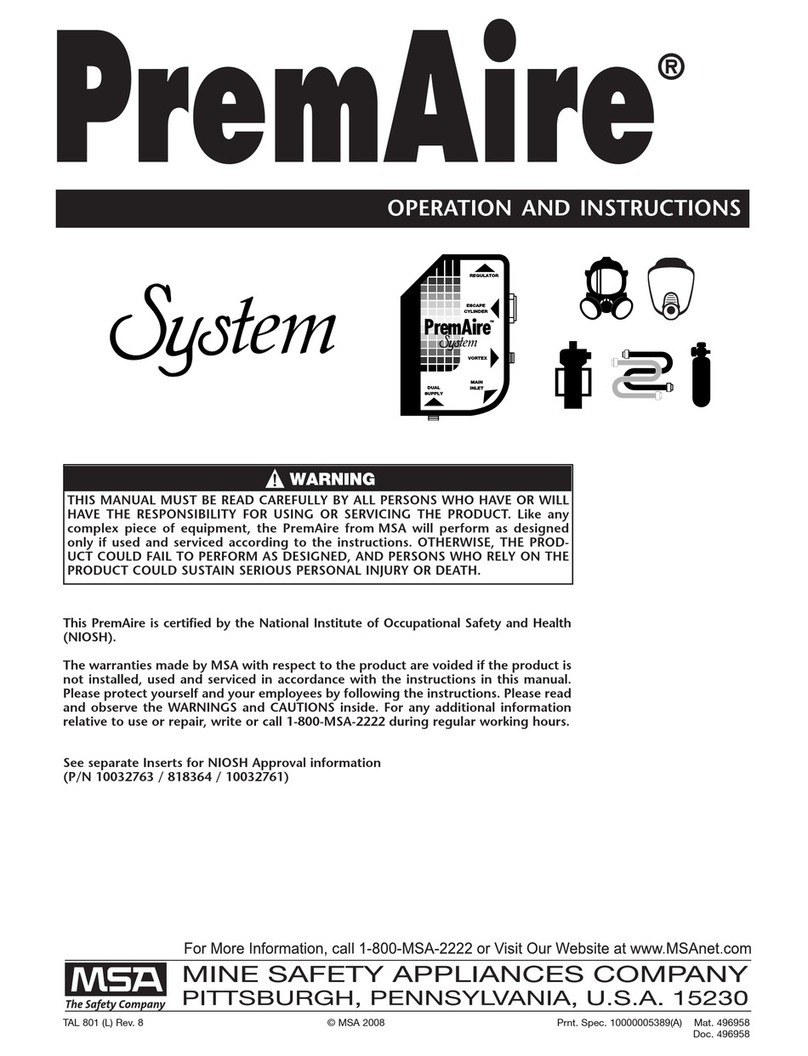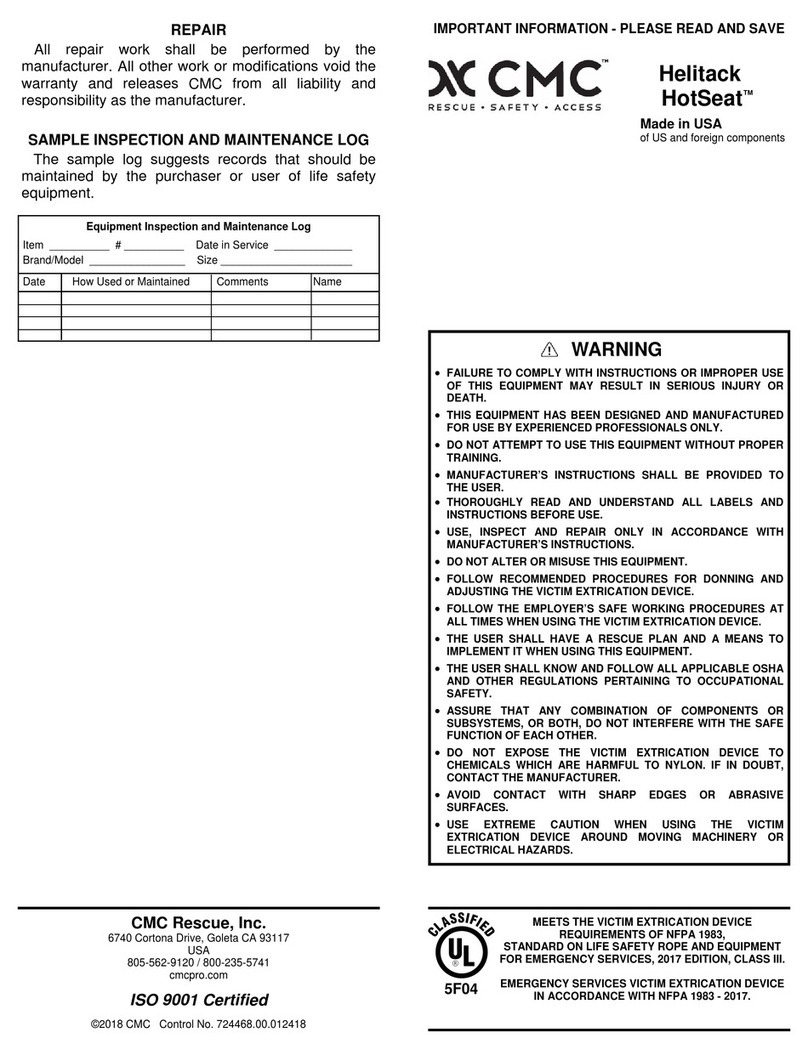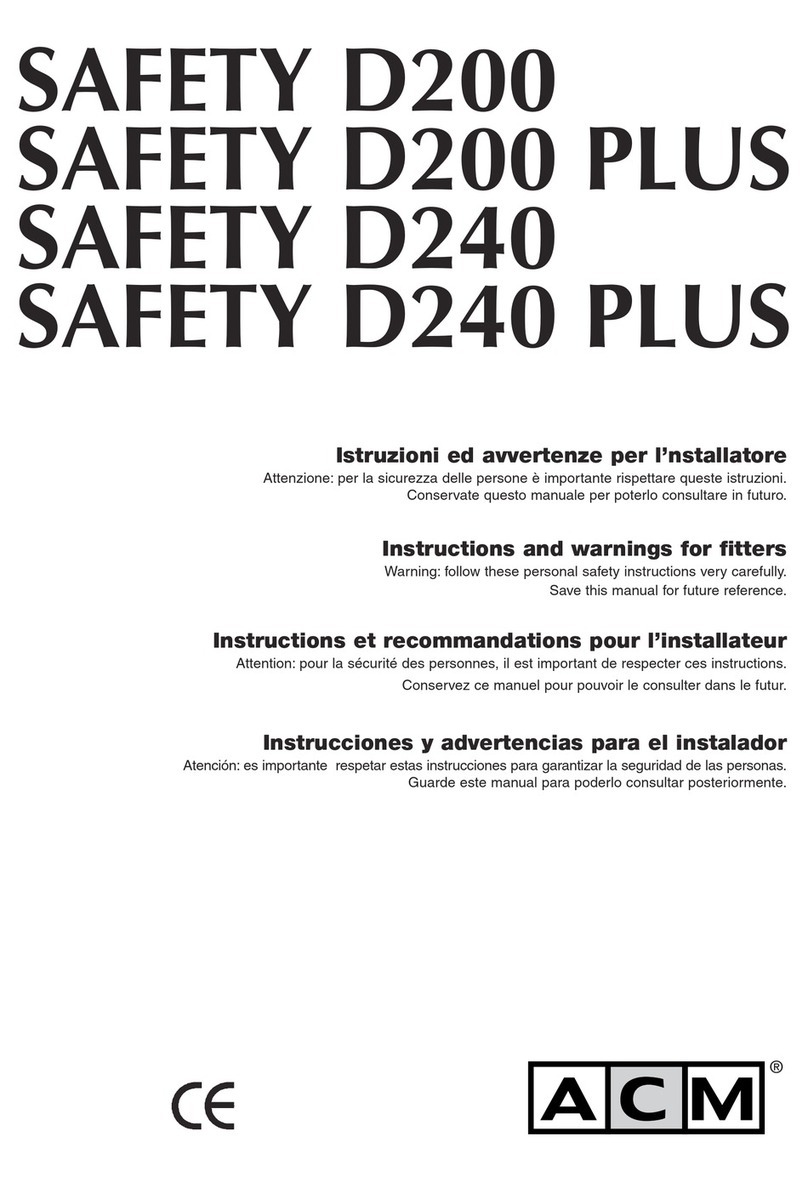
900E Series
Installation Instructions
10070152 REV 1 - 10/19 4 800-533-3948 www.barronltg.com
Recessed Ceiling or Recessed Wall Mount
Note: If the “Rough-in Kit” for the 900E Series has been
pre-installed, proceed to step 7 below.
1. Cut a 3" x 15" opening in the ceiling or wall. Ensure that
the opening is less than the trimplate dimensions of
3 7/8” x 15 7/8”.
2. Remove the homeplate assembly from the recessed
housing by loosening the (2) 6-32 screws and set aside
(Fig. 1).
3. If not already completed, punch out the knockout on top
of the recessed housing, then insert the plastic grommet
into the hole.
4. Route the wires through the knockout hole and make
electrical connections; see Electrical Connections
section.
5. Install the provided J-box on top of the recessed housing
by inserting the tab of the J-box into the bridge lance and
securing with a 6-32 x 1/4” screw (provided)
6. Install the recessed assembly:
a. If ceiling mounting, attach the hanger bars to the sides
of the recessed housing using 6-32 screws and wing
nuts (provided), as shown. Position the recessed
assembly between joists, making sure the hanger bars
are positioned correctly. Use the adjusting slots to
guide the hanger bars. The bottom of the recessed
housing should be level with the bottom of the joist.
Secure by hammering in the nail-in tabs. For T-bar
installation, hang the ends of the hanger bars over the
vertical part of the T-bar, as shown (Fig. 2).
b. If wall mounting, attach L-brackets using 6-32 screws
and nuts (not provided) to either side of the recessed
housing. Ensure that the L-brackets will not extend
beyond the trimplate. Position the recessed assembly
inside the wall. Secure the recessed assembly using
#6 screws and anchors (not provided) (Fig. 3).
7. Set the DIP switch on the PCB to the desired voltage.
Note: Units equipped with the Self-test/Self-diagnostics or
the 2CI option do not require DIP switch adjustment.
8.Connect the battery to the PCB. Red goes to positive (+) and black goes to negative (-).
Homeplate
Assembly
Recessed
Housing
Hanger
Bars
J-box
Grommet
Trimplate
Fig. 1
Fig. 2
Fig. 3
L-Brackets
Homeplate
Assembly
6-32
Screws
Recessed Box
L-Brackets
Hanger Bars
T-bar
Recessed
Assembly
Bridge
Lance
Bridge Lance
